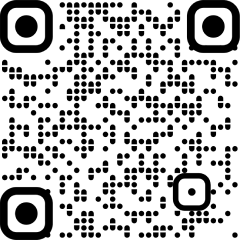New Delhi: India’s home textile industry is set to witness 6-8 per cent growth this fiscal, riding on resilient demand from the US and expansion in the domestic market, according to a report on Tuesday.
Following a 9-10 per cent rebound in revenue growth last fiscal, the credit profiles of home textile companies will remain stable, supported by healthy cash accrual and moderate capital expenditure (capex) plans on the back of deleveraged balance sheets, according to the report by Crisil Ratings.
The home textile industry derives 70-75 per cent of its revenue from exports – the US alone accounts for 60 per cent – and the remaining 25-30 per cent from the domestic market.
According to Mohit Makhija, Senior Director, CRISIL Ratings, three factors will drive growth of the home textiles industry this fiscal.
“One, resilient consumer spending and normalised inventory levels at major retailers in the US will spur exports, though container availability bears watching. Two, the industry’s continued focus on expanding domestic presence will aid growth,” he mentioned.
Third, the domestic prices of cotton, the key raw material, are likely to remain close to international levels, resultantly retaining the competitiveness of domestic companies, said Makhija.
Therefore, for the home textiles exported by India, the country’s share in US imports will remain steady this fiscal. In January-August 2024, it was 30 per cent, same as in calendar year 2023.
With domestic raw material prices remaining close to international prices, the operating margin is likely to remain stable at 14-15 per cent this fiscal, in line with last fiscal.
The margin will remain insulated from the recent volatility in freight cost as most exports are on a free-on-board basis, said the report.
While most companies are now looking to optimise utilisation this fiscal, a few large ones are planning capex, but on deleveraged balance sheets.
According to Pranav Shandil, Associate Director, CRISIL Ratings, with steady operating performance and moderate capex in fiscal 2025, the interest coverage for home textile companies should remain stable at 5-6 times.


